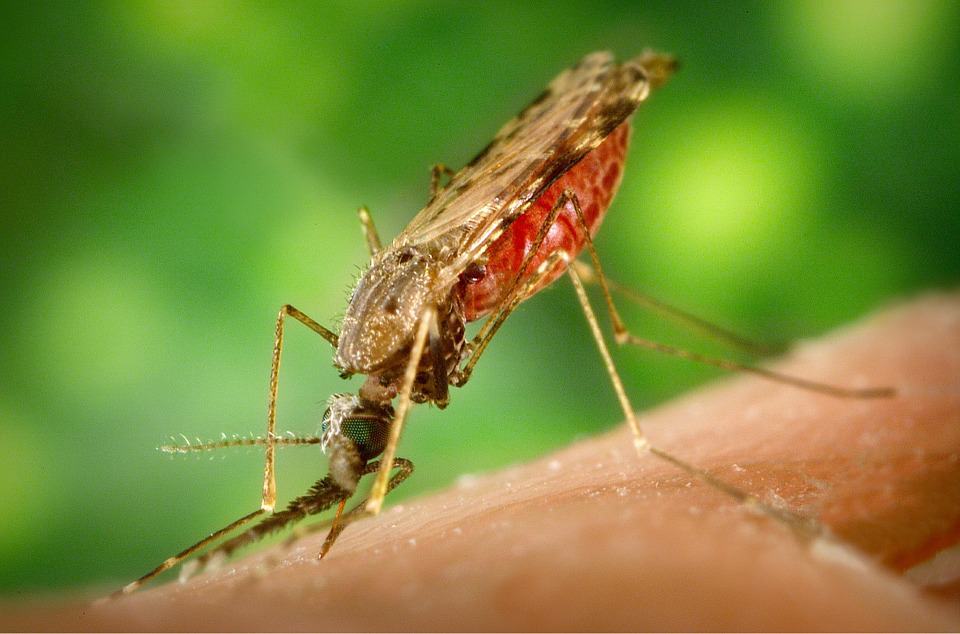November 27, 2017

Larger, long-term investments in child and adolescent health encouraged. The Disease Control Priorities, 3rd Edition (DCP3) key messages published in The Lancet urge for longer investments in child and adolescent health. While it takes nearly 8000 days for a child to develop into an adult, current investments in health focus only on the first 1000 days. The following years through middle childhood and adolescence are often neglected and cost-effective scalable interventions need to be implemented. CDDEP Director Ramanan Laxminarayan and Fellow Arindam Nandi are contributors to DCP3. [The Lancet]
Progress on national AMR action plans. A global survey finds that more than 90 percent of the world’s population now lives in countries that have developed or are working on a national action plan (NAP) to combat antimicrobial resistance (AMR). Most countries have adopted the One Health approach to the issue, addressing antibiotic use in both humans and animals. [FAO press release]
New malaria parasite discovered. African bonobos have been found to carry a previously unknown species of the malaria parasite, called Plasmodium lomamiensis, according to a study in Nature Communications. The parasite is a previously unknown Laverania species, which is closely related to P. falciparum, that also causes infections in humans. [Nature Communications, University of Pennsylvania press release]
AMR stewardship measures linked to lower C. difficile infections. Implementing antimicrobial stewardship programs in hospitals has been associated with a reduction in the use of high-risk antimicrobials (HRAs) and in C. difficile infections (CDI), according to a study in the Journal of Antimicrobial Chemotherapy. A thirty-three percent reduction in the use of HRAs in medical wards and thirty-two percent reduction in surgery patients was noted in the first six months of the single center study. After a year, CDI dropped twenty-four percent among medical patients with no reduction among surgery patients. [Journal of Antimicrobial Chemotherapy]
Measures to reduce antibiotic use in health clinics. A study in The American Journal of Managed Care finds that clinical decision support (CDS) integrated in an electronic health record may discourage inappropriate antibiotic prescribing. The study analyzed 21,949 patient visits and found a twenty-two percent reduction in antibiotic use after implementing CDS, although the absolute drop in use (85.9 percent to 83.9 percent) was small. Educating the healthcare providers initially led to a forty-nine percent reduction in use, but it wasn’t sustained. [The American Journal of Managed Care]
Comparison of decontamination methods in hospitals in reducing C. difficile risk. An analysis of twenty studies that appeared in Infection Control & Hospital Epidemiology showed that the use of ultraviolet light (UVL) to decontaminate hospital rooms led to significant reductions in C. difficile and vancomycin-resistant enterococci infections, but not for methicillin-resistant Staphylococcus aureus (MRSA) or gram-negative multidrug-resistant pathogen infections. Another study found that decontamination with aerosolized hydrogen peroxide (AHP) also led to lower C. difficile rates as compared to manual cleaning. [Infection Control & Hospital Epidemiology study 1, Infection Control & Hospital Epidemiology study 2]
Survey finds inappropriate surgical antimicrobial prescribing in Australia. Data released by the Australian Commission on Safety and Quality in Health Care (ACSQHC) states that up to 43.4 percent of surgical antibiotic prescribing in Australian hospitals may be inappropriate. Only half of the antibiotics used prophylactically before or during surgery, and only 38.7 percent used post-operatively were deemed appropriate. [ACSQHC report]
Unlikely mode of E. coli outbreak identified. A study in The New England Journal of Medicine describes how raw flour caused an Escherichia coli outbreak in 24 states in the United States in 2016. A multistate team of investigators linked a flour processing facility to the outbreak that affected 56 people. [The New England Journal of Medicine]











